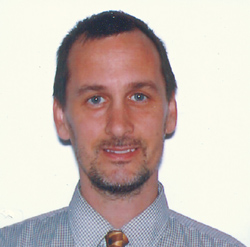 Eddie August Schneider (1911-1940) in the New York Times on January 16, 1937
Eddie August Schneider (1911-1940) in the New York Times on January 16, 1937Flier says lawyer sent him to Spain. Schneider names New Yorker as giving him ticket to join loyalist army. Promised $1,500 a month, but he was never paid, so he quit, witness declares - tells story to U.S. officials.
Eddie Schneider, 25-year-old aviator, who recently returned to the United States after serving a month in the so-called Yankee Squadron with the Spanish Loyalists, said yesterday that a New York lawyer had negotiated with him for his services abroad. Schneider, who began his career as a flier in 1928, appeared at the Federal Building, where he was questioned by John F. Dailey Jr., Chief Assistant United States Attorney. Mr. Dailey, who last Thursday questioned Bert Acosta and Gordon K. Berry, both of whom served in the same squadron, is conducting an investigation to determine if the service of the Yankee Squadron in Spain was a violation of a federal statute. That statute provides: 'Whoever, within the territory or jurisdiction of the United States, enlists or enters himself, or hires or retains another person to enlist or enter himself, or to go beyond the limits or jurisdiction of the United States with intent to be enlisted or entered in the service of any foreign prince, state colony, district or people as a soldier or as a marine, or seaman on board of any vessel of war, letter or marquee, or privateer, shall be fined not more than $1,000 and imprisoned not more than 4 years.' According to Schneider, the lawyer told him that he would be paid $1,500 a month for his services in the air force and would receive a bonus of $1,000 for every Rebel plane he shot down. The lawyer, he said, gave him his steamship ticket. Schneider, in an interview with newspapermen, said that he had quit Spain because the Loyalist Government had not carried out its obligations under a contract signed in Valencia. The only money he received, he said, came from the Spanish Embassy in Paris, which paid his fare back to the United States. Colonel Lewis Landes, attorney for Schneider, interrupted to say on behalf of his client that Schneider had really quit Spain because he wished to comply with President Roosevelt's neutrality program. Schneider said that Major Thomas Lamphier was still abroad flying for the Loyalists. He said that he himself had taken part in bombing raids daily for about three weeks. The bombers, he said were remodeled sport planes, and the bombs were dropped through floor openings.
Source: New York Times; January 16, 1937



